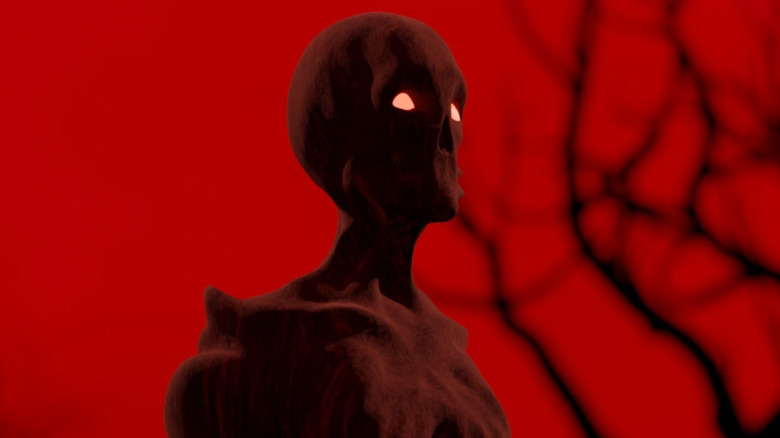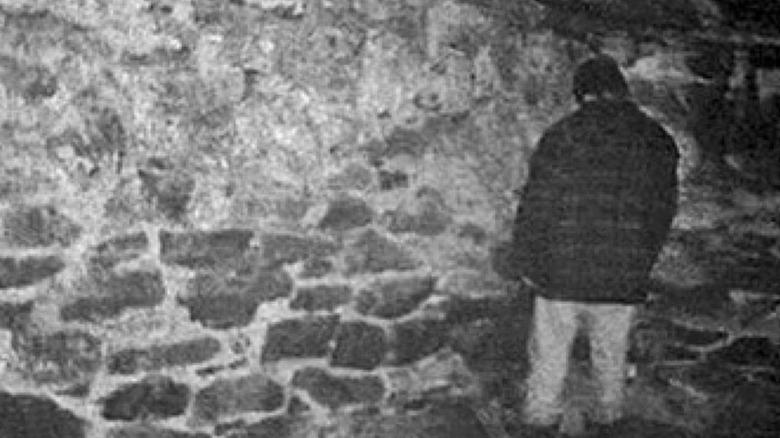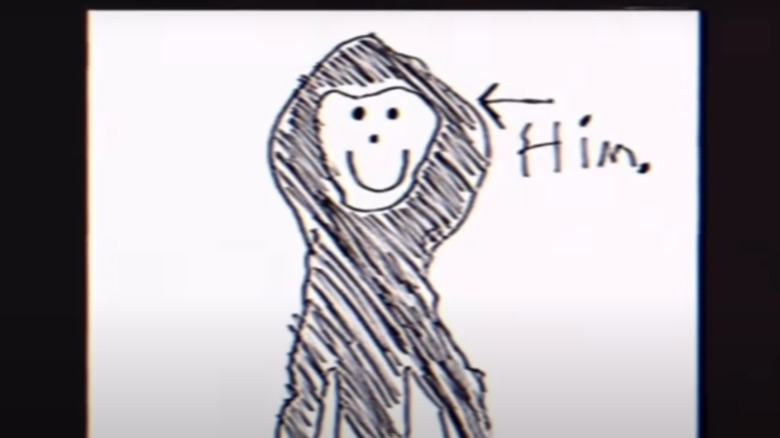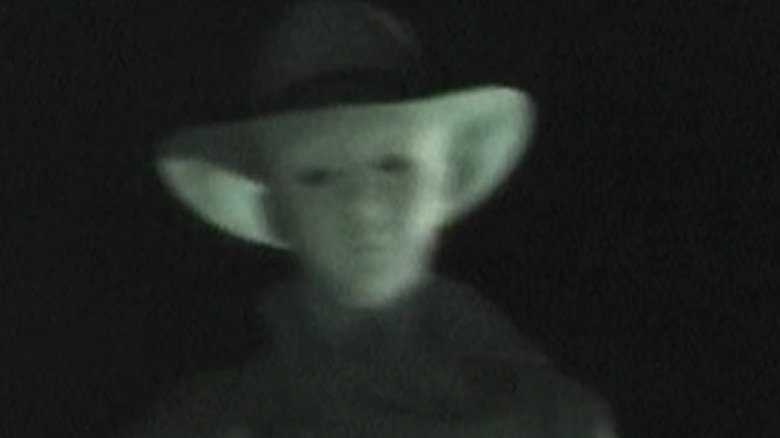What Is Analog Horror?
While the movie theatrical business continues to bleed from multiple stab wounds like inflation, post-pandemic skittishness, and audience's changing viewing habits, there has been one mainstay at the multiplex: horror movies. In fact, more than 50 horror films were released in 2024, resulting in total box office receipts of $869 million. Since the total domestic box office gross was $8.7 billion, that means horror movies accounted for nearly 10% of all North American box office receipts.
Given the immense popularity of horror, it's no surprise that there are multiple subgenres within it. There's sci-fi/horror like "Alien," demonic entities in movies like "The Exorcist" to "Smile," slasher pics like "Halloween" and "Longlegs," and even a mix of all of the above, like "Terrifier." There are even subgenres of subgenres, which is how we get to analog horror. In a filmmaking culture often rife with ripoffs and repeats, sequels and spin-offs, online filmmaking is one of the last bastions of true creativity.
Analog horror is one of the heaviest hitters in the new digital filmmaking frontier, as it brings its screams right to your computer screen. Yet even die-hard horror aficionados who have seen every one of the best horror movies of all time may not know much about it. Curious to know more about analog horror, and its must-watch shorts? Keep reading, if you dare.
Analog horror is a subgenre of horror film
Analog horror is a subgenre of "found footage" films. This genre famously went mainstream in 1999 with "The Blair Witch Project," which earned more than $245 million worldwide on a $600,000 budget. While technically the X-rated "Deep Throat" is actually the most profitable film ever (relative to its budget), "found footage" horror movies have a reputation for consistently delivering a massive return on investment. Aside from "The Blair Witch Project," for example, there's "Paranormal Activity," which spooked up more than $194 million worldwide on a $450,000 budget.
What makes them so popular? Horror movies are never more terrifying than when they feel real, so there's something insanely unnerving about watching something that mirrors a home movie. That added layer of verisimilitude just adds to the voyeurism inherent in cinema. Analog horror ups the ante, using "found footage" techniques but made to resemble pre-digital technology such as fuzzy VHS tapes or FM radio.
It has been speculated that analog horror is a descendant of "creepypasta" (i.e. internet-based) urban legends, and it's that same sense of "did this really happen?" that adds to their unease. While "found footage" films have been big at the box office, analog horror filmmakers seem content to simply scare the bejeezus out of people online. If that's their goal, they're doing a very good job.
Characteristics of analog horror
Horror movies have always been about watching scary things happen to other people. "Found footage" films take it up a notch by using documentary techniques to make the experience even more voyeuristic. What makes analog horror so deeply unsettling is that it takes the horror genre to its inevitable end, as scary things are now happening to you, the viewer.
Usually no more than 10 minutes long, analog horror uses existing footage and sound (often royalty-free or stock), to effectively insert you into the experience, while giving you the sense you're watching things you weren't supposed to see. In this regard, analog horror is almost a descendant of Orson Welles' famous 1938 "War of the Worlds" radio broadcast, but brought to the internet age and using media rooted in 1960s-1990s technology.
Beyond the basics above, there are other common characteristics of analog horror. For example, analog horror shorts start out mundane before getting progressively more terrifying. They typically lack messages or meanings, employ almost no horror tropes (e.g. gore or jump scares), and lack resolution. Analog horror can almost be considered an avant-garde style of filmmaking, as there are few if any characters, no plot to speak of, and the visuals exist not to tell a story, but simply to frighten you as much as possible. When it comes to what makes something "analog horror," it's truly up to the filmmaker's imagination — and in many ways, yours.
Examples of analog horror
As a subgenre that originated online, the number of analog horror films is almost incalculable — it's sort of like asking, "how many videos are there online about how to grill a ribeye?" That said, there are few milestones in the short history of analog horror. While still in his late teens, Steven Chamberlain released and starred in the "No Through Road" series on YouTube starting in 2009. In one of the earliest examples of the genre, "No Through Road" presents itself as "recovered footage" from M16 British Intelligence about the mysterious deaths of four teens.
In 2015, analog horror's popularity grew with "Local 58" from filmmaker Kris Straub, who coined the genre's name with the series' tagline: "Analog horror at 476 MHz." The success of Straub's series soon inspired other hallmarks of analog horror like "The Mandela Catalogue" from Alex Kister, and "The Walten Files" by Chilean content creator Martín Paredes. While the majority of analog horror is found on YouTube, it also made waves in other media, such as the "Archive 81" podcast, released by Dan Powell and Marc Sollinger in 2016.
In fact, "Archive 81" was adapted into a Netflix Original series in 2020, taking analog horror from the fringe to the mainstream, though it was canceled after one season. Time will tell whether more major studios will dip into the dark side of analog horror, but for now it can mostly be found on the internet — and in our resulting nightmares.



